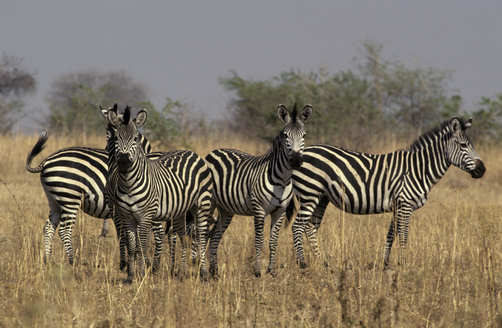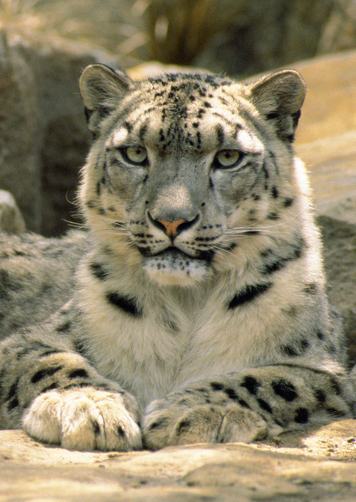
Splash, Jump, Splash, Jump, Splash!
- Dolphins are water mammals that are related to whales and porpoises and they are from the family Delphinidae, oceanic dolphins, which is a family of about 40 species which includes some large oceanic dolphins, that are called ‘whales’, like the orca (killer whale), which is the largest dolphin in the family.
- Dolphins, are typically grey in colour with a dark grey back, although this varies depending on the species, which also determines their average length and weight, which can be between 1.2 to 9.5 meters (4 to 30 feet) in length and 40 kg to 10 tonnes (90 pounds to 11 tons) in weight.
- Dolphins can be found in oceans around the world, usually in open shallow waters along continental shelves, however there are dolphins that can be found in some river systems, although these do not belong to the family Delphinidae.
- Dolphins are mainly carnivorous eaters with a diet consisting mainly of squid, fish and crustaceans, and are the prey of mainly sharks.
- A male dolphin is called a ‘bull’, a female dolphin is called a ‘cow’, and a young dolphin is called a ‘calf’, and they travel and live in a ‘pod’ or ‘school’ consisting of five to hundreds of dolphins, depending on the species.
Dolphin
Image courtesy of National Geographic
- Dolphins have between 100 and 250 teeth, which are not all used for eating; a blowhole on the top of their head that they use to breathe through; a tail, which is also known as a fluke, used as a propeller; pectoral fins on the sides that are used with the fluke to change direction; and a dorsal fin (the one on its back), which some dolphin species don’t have, used for stability.
- Dolphins can leap up to 9 meters (30 ft) high out of the water and can move at speeds up to 48 km/hour (30 mph) in the water, however they don’t usually travel that fast.
- Dolphins normally heal easily from large injuries, such as predator bites, with a full recovery and without infection, and they have good eyesight, sensitivity and taste, as well as great hearing, which can cause them stress if the noises are too loud, but they don’t have the ability to smell.
- A dolphin’s form of communication consists mainly of clicks and whistles, and it uses echolocation to find its way around in the water.
- Dolphins only sleep with one half of its brain while the other half is alert to make sure the dolphin doesn’t drown or be threatened by predators.















